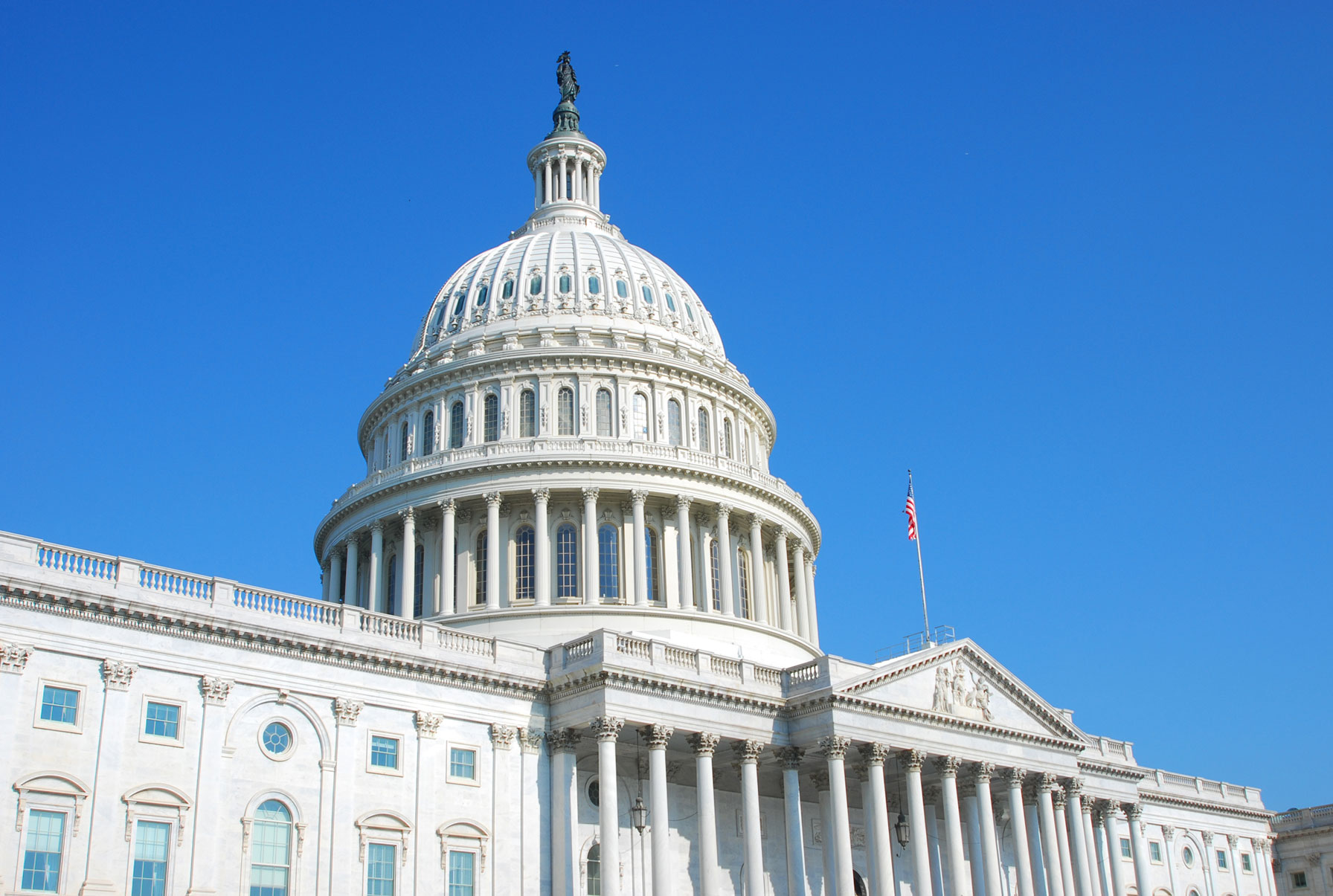Permitting reform can unlock the potential of U.S. LNG to achieve our collective energy and climate goals
At COP28 in Dubai, the Partnership to Address Global Emissions (PAGE) spread awareness about natural gas’ potential to decarbonize the world by replacing dirty coal-fired power plants.
These efforts had an impact as world leaders, for the first time, called for investment in transition fuels, such as natural gas, among other priorities in addressing climate change. In fact, the final agreement that leaders forged acknowledges this directly, recognizing “that transitional fuels can play a role in facilitating the energy transition while ensuring energy security.”
After COP28 solidified the consensus for pragmatic decarbonization, Congressional, industry, and labor leaders convened in Washington D.C. to discuss the action needed by the U.S. to meet their global obligations to reduce emissions. Through a panel discussion focused on “Perspectives from COP28: A Monumental Moment to Reach Climate Goals,” permitting reform was highlighted as the key to unlocking the potential of U.S. liquified natural gas (LNG) to provide energy security and achieve our collective climate goals.
Natural gas as a clean energy solution
Some advocates have argued that renewables are the only solution for reducing emissions. While renewables are noteworthy successes, they cannot generate the baseload energy we need without support from more reliable energy sources such as natural gas. Scott Peters (D-CA) agrees that “the promise to eliminate fossil fuels is aspirational, not operational” and that we need to focus on reducing emissions through a pragmatic approach.
Natural gas can complement and is critical in assisting the buildout of renewables. As Toby Rice, President and CEO of EQT noted, “people are recognizing that wind and solar are not enough. They are great solutions, but they need heavyweight support. And the heavyweight support is natural gas replacing foreign coal.”
The environmental benefits of coal-to-gas switching are clear. Natural gas produces half the amount of CO2 per unit of energy than coal does when burned, making it an ideal near-term energy solution. John Curtis (R-UT) recognizes these benefits, stating that “until we turn our discussion to reducing emissions and not reducing choices, you’re just not going to make progress.”
In fact, the U.S. has experienced a remarkable 17% decline in GHG emissions over the past 15 years, with 65% of all power sector emissions reductions due to coal-to-gas-switching. But we cannot achieve our global climate goals without replacing the dirtiest coal plants worldwide, which is why we must look beyond our borders and export more LNG to our allies in need.
According to Alan Armstrong, President and CEO of Williams, “our goal should be to reduce emissions and that is what we are focused on across the pipeline industry and the gas production industry. It’s clear that natural gas, in partnership with renewables and alongside bipartisan permitting reform, is key to a lower-carbon energy system.”
The rise of coal power generation
The rise of global coal use makes U.S. LNG exports even more imperative. In 2022, global coal consumption rose by 3.3% to 8.3 billion tonnes, a new all-time high. China and India have seen the most significant increase in coal use, while several European countries have reopened once dormant coal plants to ensure they have enough energy for the winter.
Without U.S. LNG, our allies will be forced to rely on energy resources from less stable and undemocratic energy hubs such as China, Russia, Iran, and Qatar. This not only is a direct threat to our allies, but it also jeopardizes our own national security. To maintain energy superiority over our adversaries, we’re going to need permitting reform to revamp our production capabilities.
We need permitting reform to achieve our energy and climate goals
“Permitting reform is going to be absolutely critical for achieving all these goals that we’re talking about,” says Jay Timmons, CEO of the National Association of Manufacturers. That’s because today energy projects can take years to receive approval, and endless red tape and lawsuits are further delaying and even sometimes preventing the development of critical pipeline infrastructure all together.
This puts us “at a competitive disadvantage” says David Valadao (R-CA) and makes it “impossible for us to produce because either our energy prices are too high, or we just can’t get the energy to those factories.”
We need Washington to finally prioritize permitting reform so we’re able to provide the energy our allies around the world desperately need. “Permitting reform cannot be partisan and it should not be partisan,” argues Chrissy Houlahan (D-PA). “We need to move forward quickly on that issue as well as talking about grid reliability.” And “if we don’t have permitting reform,” says Andrew Garbarino (R-NY), “if we don’t have infrastructure built for the transmission lines, it doesn’t matter everything else that we’re doing.”
The solution to addressing the climate crisis and restoring energy security is at our fingertips, we just need to utilize our resources. “There’s an urgency to this that we need to underscore,” says Mary Landrieu (D-LA).” There are a lot of good ideas on the table, but we must do this on a scale and at a speed never been done before. This is about American leadership, and this is about Congressional leadership.”

